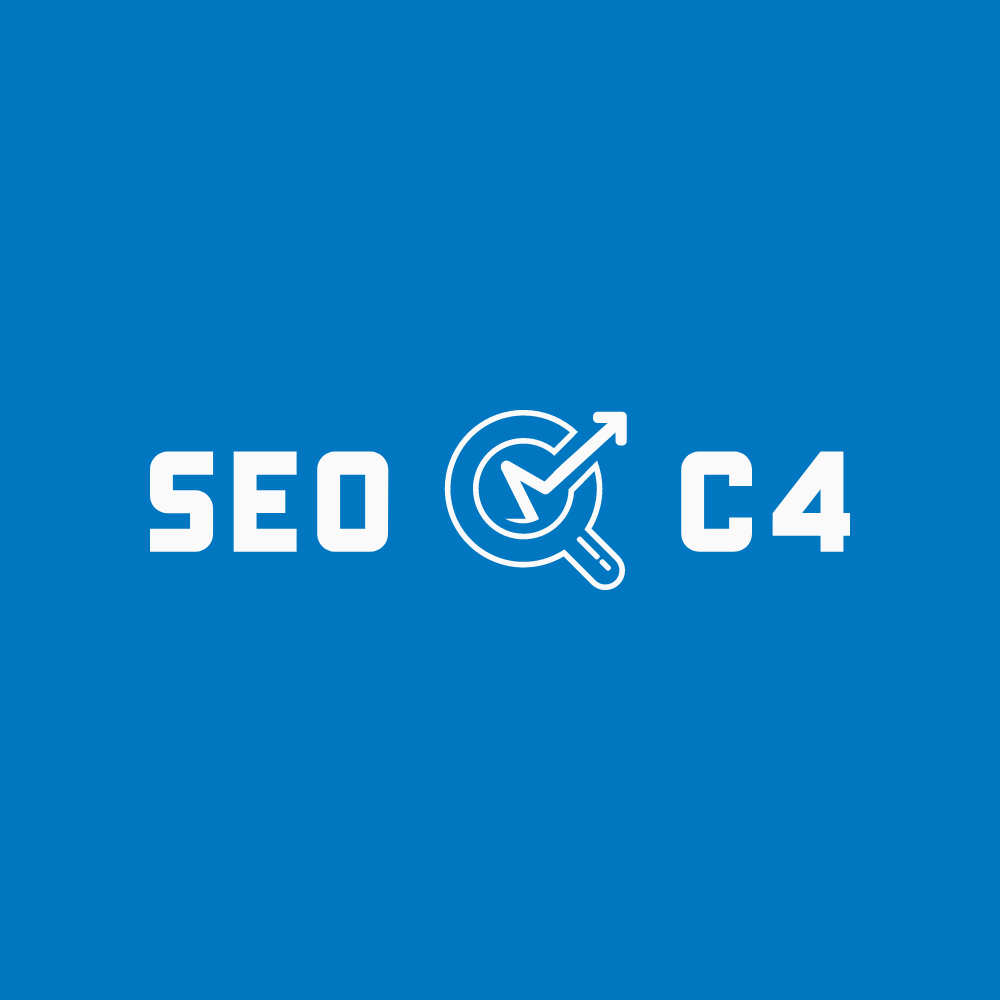
Shopify Dropshipping Pros & Cons
Shopify’s founders, Tobias Lütke and Daniel Weinand created Shopify because they were frustrated with the eCommerce options available. So, Shopify began as an idea between friends Tobias Lütke and Daniel Weinand. The two were looking for a way to make it easier for Tobias to sell snowboards online. At the time, Tobias was running a small web development agency and had trouble finding a good eCommerce platform for his clients.
Together, Tobias and Daniel created Shopify, which would allow businesses to create an online store with little to no technical experience. The company officially launched in 2006. After its launch, through effective management, Shopify kept growing at a larger scale and is now known as one of the highest platforms for a dropshipping business. Dropshipping is a great way to start an online business with little investment. You can create a Dropshipping store on Shopify in just a few clicks and start selling products.
A challenge associated with dropshipping is managing inventory. Because you don’t physically hold any inventory, it can be not easy to keep track of what you have in stock and what products need to be reordered. It can lead to frustrating situations, such as canceling orders because you’re out of stock. There are some ways to automate inventory management, such as using a Shopify app, but it is still something that you have to be aware of.
If you’re looking to get started in eCommerce, Dropshipping is a great option. Shopify makes it easy to create a Dropshipping store so that you can get started right away. So Shopify is best for your brand, whether dropshipping or direct business.
Is it easy to get started with Shopify? The answer to this particular question depends on your level of experience and expertise. Shopify dropshipping may seem like a daunting task if you’re new to eCommerce. However, if you have a little experience with online selling, Shopify dropshipping can be a relatively easy way to get started. There are online platforms to help you get started, so don’t be afraid to do some research before diving in.
Shopify’s Pros:
Before everything else, let’s talk about the pros and cons of Shopify, especially related to dropshipping. Shopify dropshipping has a lot of advantages over traditional eCommerce businesses, especially when it comes to the dropshipping business model:
- You can start any business with little up-front investment – Since you don’t need to carry any inventory, you can create your dropshipping business with very little money. All you need is enough money to build a basic website and cover the costs of running your business.
- You can run any business from anywhere in the world – All you need is an internet connection, and you can operate your dropshipping business from anywhere in the world. It makes drop shipping the perfect business model for entrepreneurs who want to be location-independent.
- You will have quite extra time to focus on other aspects of your business – When you’re not dealing with inventory or shipping, you’ll have more time to focus on other areas such as marketing, product research, and building relationships with suppliers.
- You can test products without investing a lot of money – Dropshipping allows you to test products without investing a lot of money costs of any advertising or marketing you plan to do.
- You have flexibility when choosing suppliers – When you’re dropshipping, you don’t need to commit to working with anyone supplier. You can easily switch between suppliers as you find ones that offer better products, prices, or terms.
- One of the many significant advantages of using Shopify for dropshipping is user-friendly. The platform is designed to make it easy for entrepreneurs to set up their online stores, and there are plenty of tutorials and support available if you need help. Dropshipping can be an excellent way to start eCommerce, and Shopify makes it easy.
- Shopify’s platform makes it extremely easy to set up your store and sell products immediately. There is no need to hire a web designer or developer – everything can be done yourself, quickly and easily.
- Finally, dropshipping allows you to test out different products and niches without committing to large stock quantities. This flexibility is ideal for those just starting in eCommerce.
- Of course, like any business, there are some challenges associated with dropshipping. One of the biggest challenges on Shopify is finding reliable suppliers. Dropshipping depends on having a steady supply of products to sell, so if your suppliers are unreliable, it cannot be easy to keep your business running smoothly. There are ways to mitigate this risk, such as using a dropshipping directory or working with a supplier that offers dropshipping fulfillment services.
If you are looking to start an eCommerce business, dropshipping on Shopify is worth considering. It’s an effective way to get started with minimal risk or investment, and the platform makes it easy to set up and start selling. Give it a try today!
Shopify’s Cons:
You should be aware of a few disadvantages of using Shopify for drop shipping before getting started.
- One of the main costs of running a dropshipping business is transaction fees. Shopify, one of the most popular eCommerce platforms, charges a transaction fee for every sale that you make. Depending on your pricing plan, these fees can range from 2% to 0.5%. It may not seem like much, but it can quickly add up, especially if you’re selling high-ticket items. The transaction fee by Shopify is calculated as a percentage of the total sale price. So, if you’re selling a product for $100, and your transaction fee is 1%, then Shopify will charge you $1 in transaction fees. And, it is essential to remember that these fees are in addition to any other fees that you’re paying (such as credit card processing fees).
- Another disadvantage of using Shopify for dropshipping is that you’ll need to create and manage your website. It can be time-taking and complicated if you’re not familiar with web design or coding. Finally, because Shopify is a hosted platform, you’ll be limited in the customization options you have for your website. While this may not look like a huge deal for some, it could be a problem if you are also looking for a particular look for your site.
How do we eliminate or reduce the Cons of Shopify?
- There are many practical ways to reduce or eliminate Shopify transaction fees. One is to use a Shopify payment gateway that doesn’t charge transaction fees. Another is to sign up for a Shopify plan that includes reduced transaction fees.
- If you’re looking for a Shopify payment gateway that doesn’t charge transaction fees, check out 2Checkout. 2Checkout is one of the few payment gateways that doesn’t charge transaction fees, and it’s also one of the most popular options for Shopify users.
- If you’re interested in signing up for a Shopify plan that includes reduced transaction fees, you should check out the Shopify Plus plans. These plans start at $2,000 per month, but they have a 0.25% transaction fee rate.
- The first step you’ll need to do is keep track of your inventory levels. You can do this essential step manually or use a third-party app like InventorySource.com. It’s vital to know how much inventory you have on hand so that you can reorder when necessary.
- Assuming that you might have already set up your Shopify account and added products, the next step is to manage your account. It includes keeping track of your inventory, processing orders, and dealing with customer service inquiries.
- You’ll need to process an order and ship the product out to the customer when it comes in. You can use a fulfillment service such as Shipstation to automate this process.
- Finally, you’ll need to deal with customer service inquiries. It can be anything from answering questions about your products to handling returns and refunds. The best way to do this is to set up an email address dedicated to customer service so that you can respond quickly and efficiently. You can successfully manage your own Shopify account without any problems by following these tips.
No matter which option you select, it’s essential to be aware of the Shopify transaction fees to budget accordingly. Dropshipping is a great business model, but it’s important to remember that it has costs. By being aware of the Shopify transaction fees, you can ensure that you’re not overspending on your dropshipping business.
Conclusion:
It’s relatively easy to set up, and plenty of resources are available to help you get started. However, like any business, there are some challenges associated with dropshipping. You can overcome these challenges with some planning and effort, but it’s essential to be aware of them before getting started. Dropshipping can be a remarkable way to get started in eCommerce, but it’s not without its challenges. If you are willing to work, dropshipping can be a great way to build a successful online business. Overall, Shopify is an excellent platform for drop shipping, but there are a few things to keep in mind before getting started. When deciding if the method is suitable for you, factor in transaction fees and the time needed to create and manage your website.




